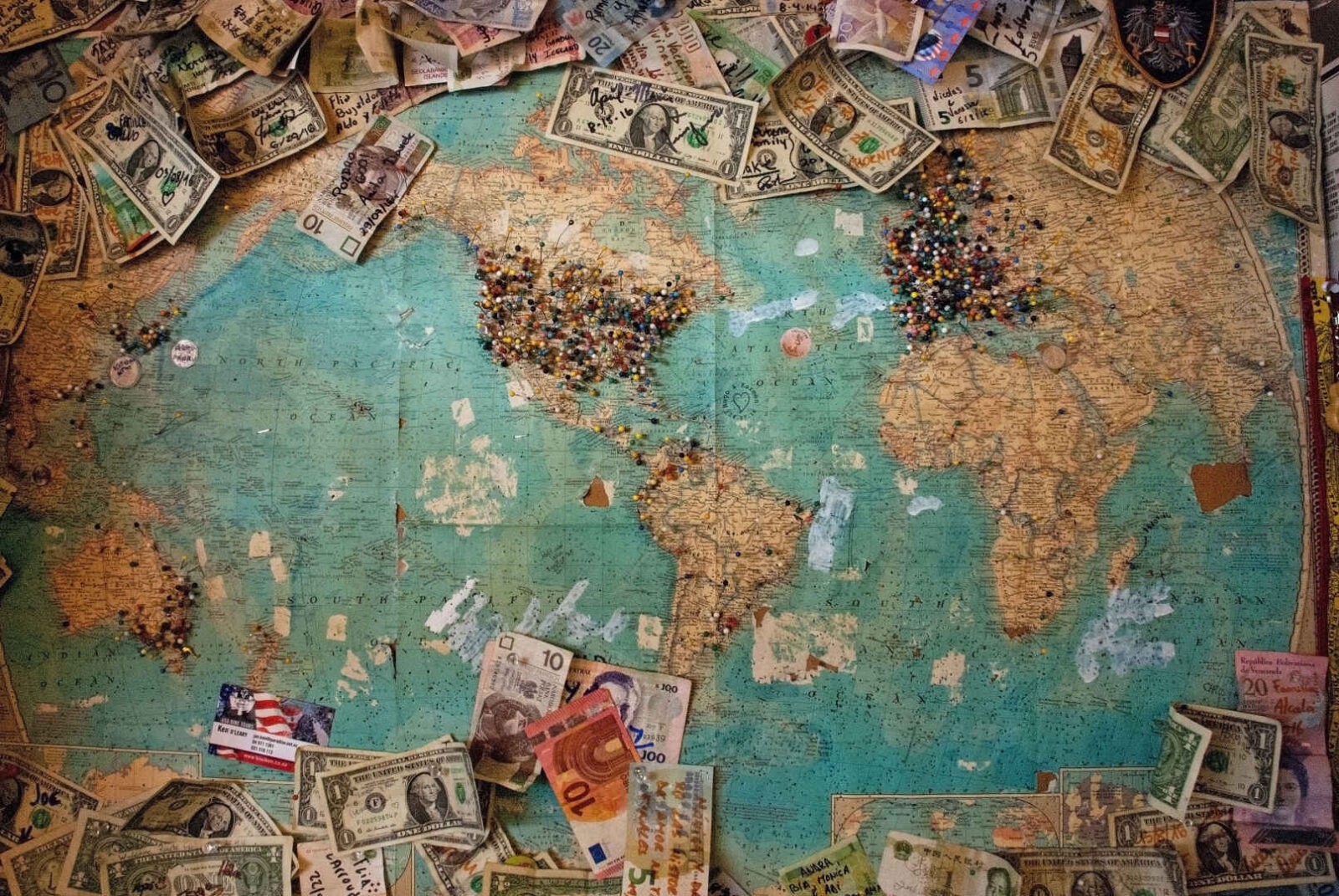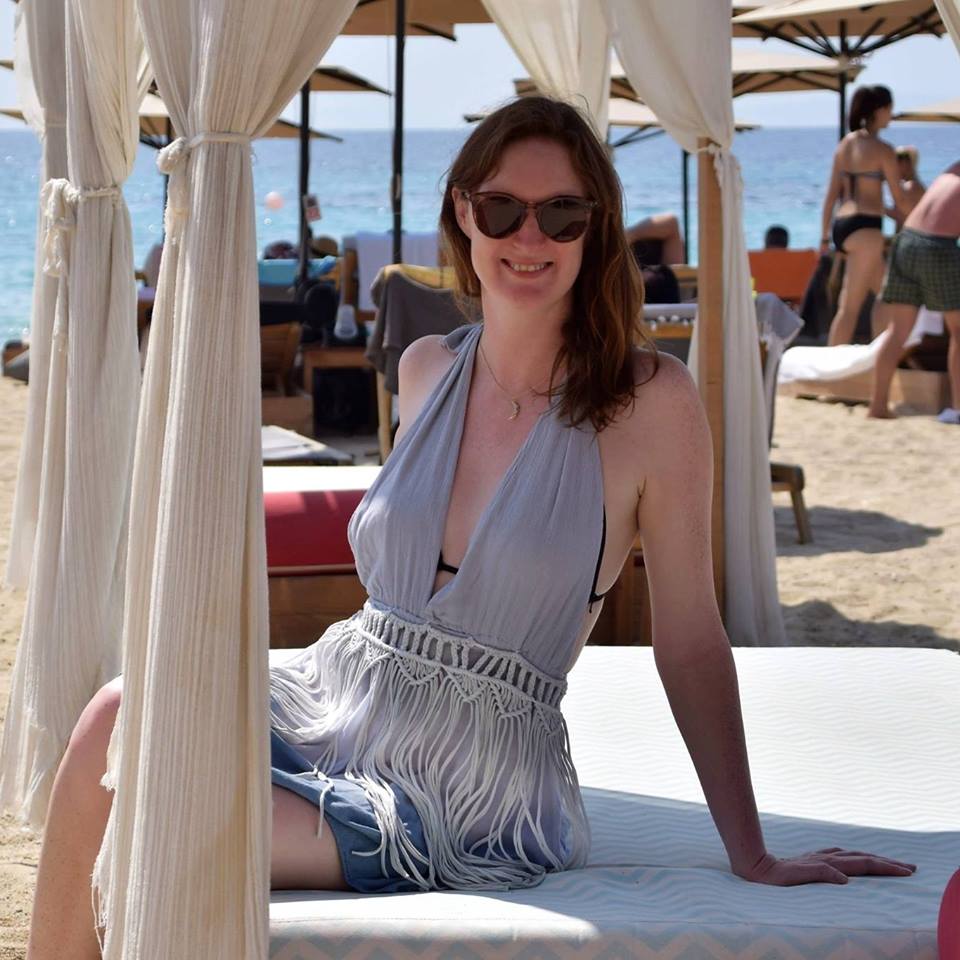When you’re preparing to go abroad for an extended period, it’s important to have your finances in hand. This way, you can spend your time exploring new places and meeting people, rather than stressing out over money. After all, the only thing you should be counting are the memories, not the pennies. During my round-the-world adventures, I picked up useful tips for backpacking on a budget, from planning your costs in advance to choosing the right cards and always having cash on hand. Read on to find out more.

This post may contain affiliate links. That means, if you make a purchase, I may receive a small commission. As an Amazon Associate I earn from qualifying purchases. For more information, read my disclaimer.
Calculate your costs in advance
“Planning is bringing the future into the present so that you can do something about it now.”
― Alan Lakein
If you are planning a trip abroad, your most expensive initial outlay will likely be your flight. This could be closely followed by the cost of travel insurance. But what about the day to day costs – is it possible to anticipate them? How can you calculate how much money you might spend in one week, one month, one year?
My top tip is to visit a website, cunningly named Budget Your Trip. Here, you can select the country you’re going to and your travel style (budget, mid-range or luxury). The site will estimate your average daily expenses. It breaks down the figures into individual costs (accommodation, food, etc) and gives you helpful practical tips about your destination.
As life doesn’t always go exactly to plan, I would suggest adding 10-15% to the daily costs they outline. Then, make that your basis for an estimated weekly or monthly spend.
I used this site to plan for backpacking on a budget in countries including India, Malaysia, Bali and New Zealand. It was pretty accurate every time. In some places I even came in under budget, so I was able to spend longer there without worry. Bonus.
Check your cards
“Procrastination is like a credit card: it’s a lot of fun until you get the bill.” ― Christopher Parker
Credit cards, debit cards, prepaid currency cards. There are so many cards to choose from these days. What’s important when you’re abroad is to know the hidden charges. Some cards will charge you if you try and withdraw money or make a purchase in a different currency. These costs can quickly add up and should be factored into your expenditure.
My advice is to buy a prepaid travel card like Revolut or Wise. You can then use this for most of your cash withdrawals and transactions. As always, check the terms and conditions, but often these cards will give you a good exchange rate. Their fees, if any, should be less than your usual debit or credit card (darn those pesky banks).
That said, I will always carry my other cards with me as a back-up. They’re useful where prepaid travel cards may not be accepted. For example, when you need to give a card to a hotel or car rental company for insurance.
Another tip is, where possible, to ensure you have one Visa card and one Mastercard. This means you always have access to your finances, depending on what the merchant accepts. It’s worth keeping an eye on your card accounts as you go. This way, there will be no surprises at the end of the month.
Always have cash
“Cash is king.” ― Jack Welch
When you are backpacking on a budget, always carry cash.
In most of North America and Europe, we live in a card-happy society. But in parts of India, for example, you may find yourself walking a mile to the nearest cash machine, only to find it’s faulty.
It’s always worth having some US dollars to give the local money changer. In parts of Asia they will only accept paper money. This way, if you need a taxi ride or to pay a bill in local currency, you won’t be stuck.
Wherever you are, bear in mind that not everywhere will have working card machines. Some places that do will charge you for using them. So, be mindful when you do take out cash and always be prepared to pay in notes. Cash really is king.
Create a budget file
“It’s clearly a budget. It’s got a lot of numbers in it.” ― George W. Bush
Spreadsheets may be your arch-enemy and Excel may make you hurl, but it pays to get acquainted with them. Rows, columns and sums are key when you’re backpacking on a budget. Creating a budget sheet will be your best friend when it comes to peace of mind for your finances.
Remember the daily expenses planning from tip number one? It’s time to put it in action and set up a budget sheet. This will let you know how your spending is panning out compared to your weekly or monthly estimated costs. There are budget sheet templates available via Google, so download one that makes sense to you.
You might want to develop it further with sums to calculate the spend per category or your average daily spend. This is your document to play with. With this information you can see which categories are making up the majority of your spend. Do you need to cut down on those Starbucks coffees or take public transport instead of taxi rides? It’ll all be here to guide you. You might even develop a new-found fondness for Excel. Maybe.
Final thoughts on backpacking on a budget
Travelling is supposed to be fun. You don’t want to spend all your time surrounded by transaction receipts and tapping on your calculator into the night. That isn’t what this is all about.
What we’re trying to avoid here is the heart-pounding, brow-moistening fear of not being in control of your money. No-one likes the feeling that it could be slipping from your grasp. Follow these few simple tricks and you will be ahead of the game.
Take the time to understand what you’re spending your money on. Decide what your priorities are when it comes to essential versus non-essential spend. This way, you’ll know when to think twice about pulling out your wallet.
And if you find yourself well within budget? Then go ahead and book that extra trip to that place you’ve always wanted to go.
Budgeting = happy travelling.
Now discover the surprising benefits of travel and why it’s good for you.



Hi!
I’ve nominated you for a Liebster Award! I checked out your blog and was really impressed by it, so I chose you as one of my nominees. Please don’t feel pressured to pass this on, however, it certainly could brighten someone’s day if you choose to participate. Either way, thank you for your very well-done and interesting posts.
If you choose to participate, check out my post for the rules and your 11 questions.
~Erin
Wow, thanks so much Erin! It’s really appreciated and I’m very pleased. I’ll take a look at the link. Thanks again!